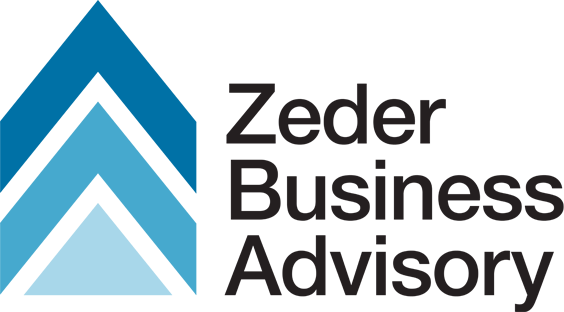In today’s fast-paced business world, maximizing your ROI (Return on Investment) is critical for success as it directly impacts the profitability and longevity of your organization. One way to achieve this is by cutting unnecessary business costs. However, identifying and successfully eliminating these costs can be challenging for any organization. In this blog post, we will discuss some ways in which an operational business consultancy can assist in cutting unnecessary business costs and maximizing your ROI.
Conducting a Cost Analysis
To cut unnecessary business costs, the first step is to identify where these costs lie. A comprehensive cost analysis can be conducted by reviewing the organization’s financial statements, budget, and expenses, including both direct and indirect costs. This can help identify areas where savings can be made, such as reducing labor costs, lowering energy bills, and decreasing unnecessary inventory. In addition to reviewing financial statements, it’s also important to consider other perspectives, such as identifying redundant activities and exploring better ways of doing things.
Identifying Inefficiencies
Identifying inefficiencies in the organization that may be causing unnecessary costs is another key step in maximizing your ROI. These inefficiencies may include processes that are redundant or not adding value, underutilized equipment, and overstaffing. Addressing these inefficiencies can help streamline operations and reduce unnecessary costs.
Optimizing Your Supply Chain
Optimizing the supply chain can also lead to significant cost savings. The goal is to create a lean, agile, and responsive supply chain that can quickly adapt to changing customer needs and market conditions while minimizing costs and maximizing profitability. Negotiating better pricing with your biggest suppliers can reduce your fixed cost by 5 to 10%, and reducing lead times and implementing just-in-time inventory systems are some other effective changes that can be made. Optimizing the supply chain can result in reduced inventory carrying costs, lower transportation costs, and a decreased risk of stockouts.
Implementing Technology Solutions
Implementing technology solutions can be a great way to automate processes and reduce costs. Enterprise resource planning (ERP) systems, customer relationship management (CRM) systems, and supply chain management (SCM) systems are some examples of technology solutions that can be implemented in your business. Automating processes can help reduce labor costs, decrease errors, and improve efficiency.
Implementing Lean Principles
Finally, implementing lean principles can help eliminate waste and maximize value for the customer. This involves adopting a philosophy of continuous improvement focused on identifying and eliminating non-value-added activities.
Some examples of principles that can be implemented include:
- Continuous improvement programs
- Reducing setup times
- Standardized work
- Just-in-time inventory management
- Aligning team pay with business performance by reducing fixed pay and increasing variable income based on company performance
- Introducing visual management systems
- Outsourcing unnecessary activities
By implementing lean principles, your organization can reduce costs, improve quality, and increase customer satisfaction.
Final Thoughts
Cutting unnecessary business costs and maximizing ROI is essential for the success of any organization. While identifying and eliminating unnecessary costs can be a daunting task, implementing these steps can help businesses achieve significant cost savings and improve their bottom line. Partnering with an operational business consultancy such as Zeder Group can also provide valuable expertise and support in implementing these steps. By conducting a comprehensive cost analysis, identifying inefficiencies, optimizing the supply chain, implementing technology solutions, and adopting lean principles, your organization can achieve greater efficiency, productivity, and profitability, leading to long-term success.





